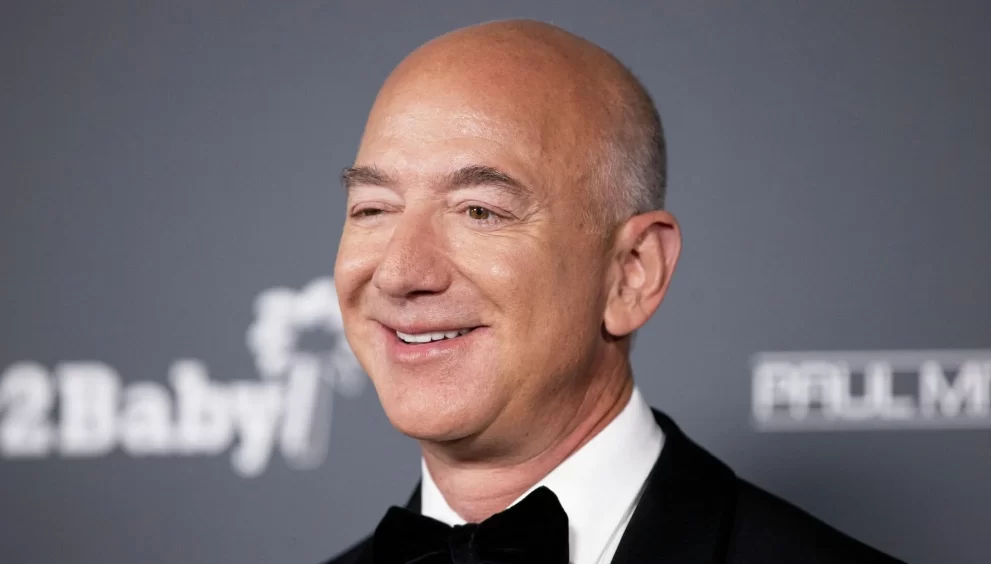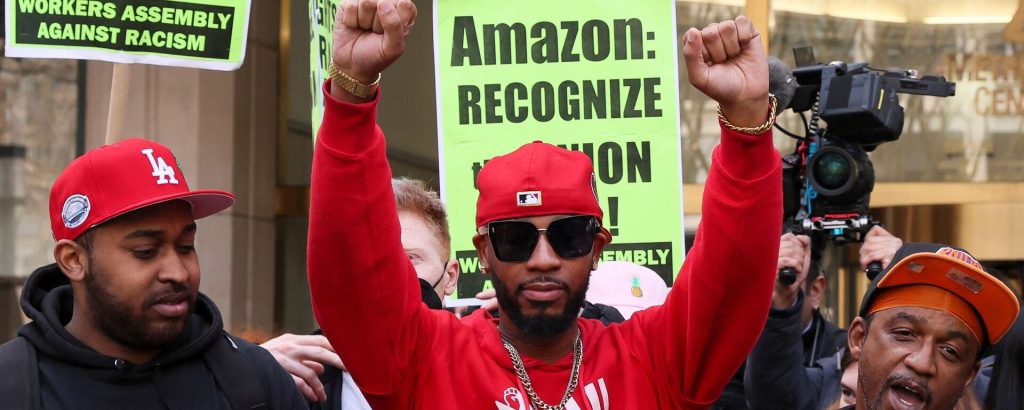Amazon Manipulated Pricing and Weakened Competition by using Covert Technology.

E-commerce giant Amazon touts the convenience and wide selection it offers to customers, but beneath the surface of its carefully cultivated image was secret technology that inflated prices across the web, according to the FTC.
The online retail giant Amazon used an algorithm called “Project Nessie” to maximize profits to the detriment of consumers, according to newly revealed claims from the US Federal Trade Commission.
This is supported by recently released redacted allegations in a case the US Federal Trade Commission filed this week against the business.
According to the FTC, a proprietary algorithm known as “Project Nessie” was employed to artificially raise the prices of products sold on Amazon when it was anticipated that other online merchants would follow suit. It is estimated that the store made over $1 billion in extra profits from the technology between 2015 and 2019. Furthermore, the regulatory body contended that when the money lost from increased prices elsewhere is taken into account, clients actually spent significantly more than that.
A portion of the FTC’s lawsuit stated, “The only goal of Project Nessie was to further hike consumer prices by manipulating other online stores into raising their prices.”
“If Amazon hadn’t used Project Nessie, the extra profit it claims to have made is money that Amazon customers would have kept in their pockets.”
According to the government-run consumer protection body, Amazon turned the algorithm back on after maximizing earnings, having previously turned it off during the holiday shopping season and its much-discussed “Prime Day” events.
Tim Doyle, an Amazon representative, refuted the FTC’s assertions.
In a business statement, Doyle stated, “Nessie was used to try to stop our price matching from resulting in unusual outcomes where prices became so low that they were unsustainable.” “We abandoned the project several years ago after it failed to produce the desired results after a few years of operation on a small number of products.”
In 2015, Amazon made $35.36 billion in earnings; by 2019, that amount had increased to $114.99 billion.
The FTC is still taking legal action against the online shop at the time of the discovery. Along with 17 state attorneys general from Connecticut, Delaware, Maine, Maryland, Massachusetts, Michigan, Minnesota, New Jersey, New Hampshire, New Mexico, Nevada, New York, Oklahoma, Oregon, Pennsylvania, Rhode Island, and Wisconsin, the agency sued the company in September.
The agency referred to Amazon as a “monopoly power” at the time.

Apart from allegations of engaging in anti-competitive conduct, Amazon has been involved in several other disputes. The business has been charged with monitoring its workers’ social media accounts in addition to the shop floor in an attempt to sabotage organizational initiatives. Before unionization elections earlier this year, a judge concluded that the corporation had broken labor law.
The shop was sued last year following claims that a company policy caused multiple employees to pass away while they were told to carry on working.
prior to a tornado that hit an Illinois warehouse in 2021.
Elon Musk, the CEO of Tesla, and Jeff Bezos, the founder of Amazon, are perpetual rivals for the title of richest person in the world. After Elon Musk and Bernard Arnault, the CEO of Louis Vuitton, Bezos is currently ranked third in terms of fortune by media outlets.







